With the current state of the world, a potential nuclear apocalypse has been on everyone’s mind. In a chilling hypothetical scenario, a new study has ranked the best and worst US states to survive a devastating nuclear apocalypse and created a map to go with it. Let’s delve into the rankings and what factors were considered.
Vermont Emerges as the Top Survival State
Emerging as the top contender, Vermont takes the coveted number one spot with an impressive score of 72.35 out of a possible 100 points.

The Green Mountain State’s strength lies in its abundance of food availability, which is undoubtedly a critical factor for survival in a post-apocalyptic world.
Food Availability Gives Vermont the Edge
Vermont ranked number one in the United States for the food availability metric, giving its residents a significant advantage. With abundant agricultural resources and a self-sufficient food production system, Vermonters would have a better chance of securing sustenance in the aftermath of a nuclear disaster.

Moreover, Vermont’s prowess extends to other vital areas, as it ranked second for both weapons and security and supplies and survival resources. This well-rounded performance solidifies its credentials as a formidable survival hotspot, offering essential resources and relative safety.
Maine’s Strong Performance
Maine comes in at a close second with a score of 68.28 points. The Pine Tree State excelled in the food availability metric, scoring an impressive 86.31 points and securing the second position nationwide.

Maine’s performance across all other survival indicators was commendable, ranking fourth in the country for supplies and survival resources.
Louisiana’s Climate and Water Access
Louisiana claims the third spot with a score of 65.47 points out of 100. While the state may have scored low in some metrics, it boasts strong credentials regarding long-term survival factors.

Notably, Louisiana’s climate score of 95.12 ranked it third in the US, indicating favorable conditions for enduring the harsh realities of a post-apocalyptic world. Additionally, the state offers the best access to fresh water nationwide, a critical resource for sustaining life.
Wyoming’s Weapons Advantage
Wyoming secures the fourth position with a score of 63.42 out of 100. This rugged state stands out for offering the best weapons availability, earning an impressive 95.66 out of 100 in this indicator. In a survival situation, access to weapons could be crucial for protection and hunting.

However, Wyoming’s average temperature and snowfall were rated forty-eighth for climate, suggesting that winter survival could pose a significant challenge.
New Hampshire’s Preparedness Potential
New Hampshire rounds out the top five with a score of 61.23 points. The Granite State’s strength lies in its accessibility to supplies and survival resources, ranking first in this category.
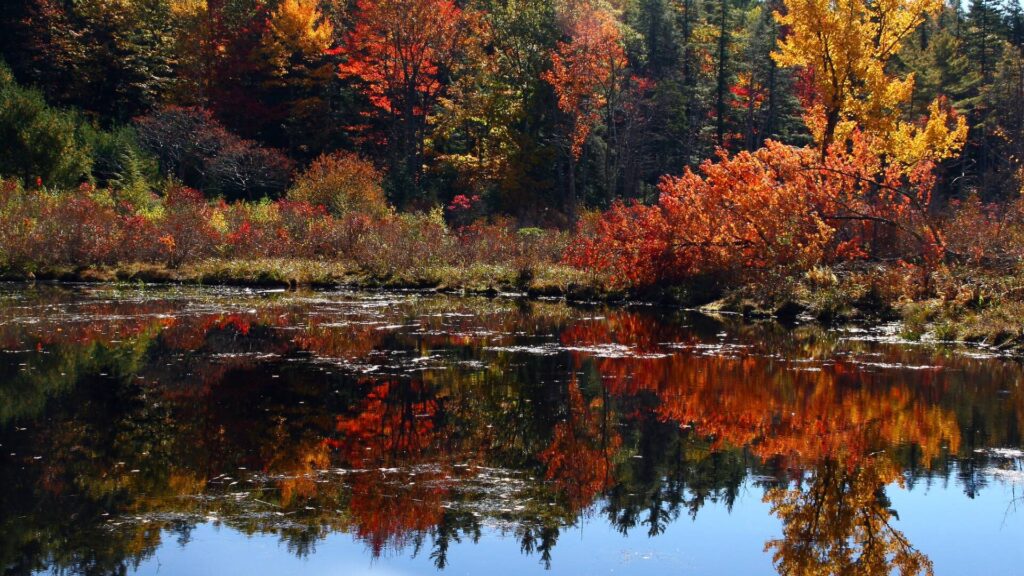
Additionally, the state’s abundance of malls and hardware stores make it an ideal location for residents to prepare and stockpile necessary resources before any potential apocalyptic event.
Isolation and Resource Scarcity
At the other end of the spectrum, Hawaii tops the list as the state where apocalyptic survival would be the most difficult, with a dismal survival readiness score of 24.08 out of 100.
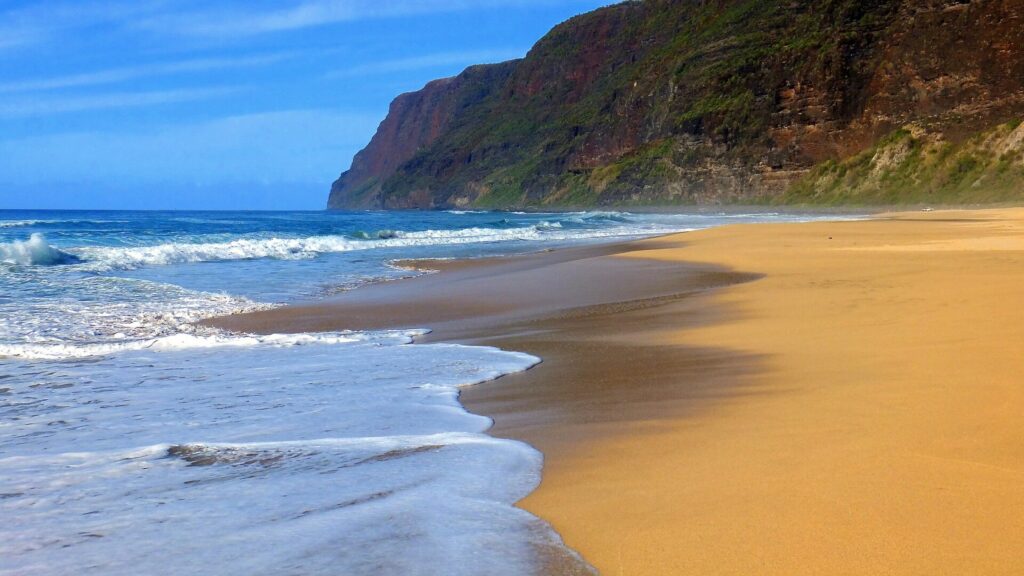
The island state’s isolated location is the primary factor contributing to its low ranking. Logistically, it would be incredibly challenging to access and transport critical equipment and resources from the mainland.
Poor Food Access and Low Population Density
Nevada claims the second-worst score with 32.05 points. The Battle Born state ranked a dismal fiftieth for access to food and scored poorly across other important survival metrics. It seems that this puts the lie to the game New Vegas.
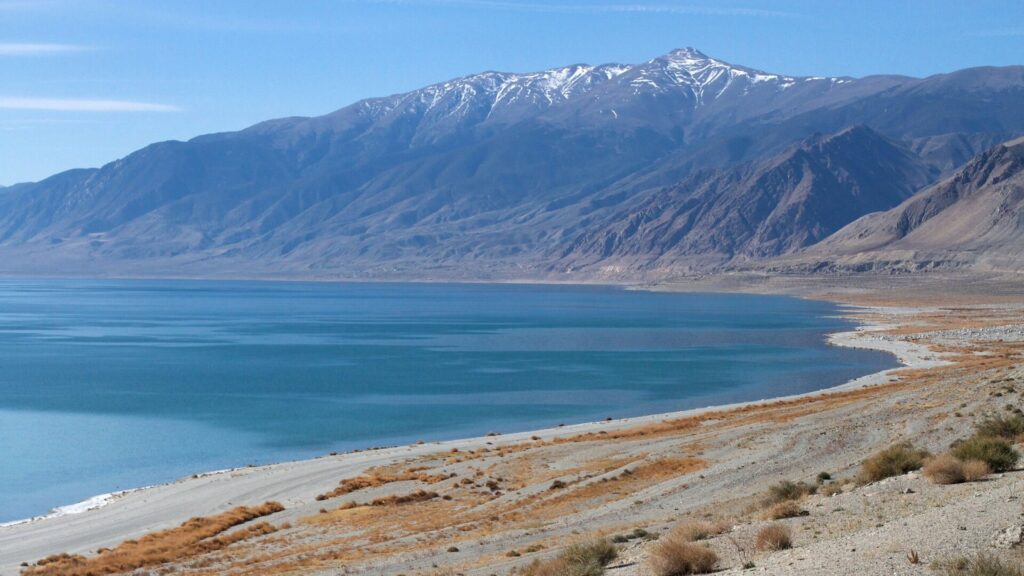
However, one potential advantage is that Nevada’s population density metric scored 68.42 out of 100, ranking it ninth. This could suggest less competition for precious resources in a hypothetical apocalyptic scenario.
Densely Populated Urban Areas
California ranks third from the bottom with a score of 38.24. The Golden State would face significant challenges due to its densely populated urban areas and reliance on external resources for sustenance.

Residents might be better off exiting to quieter states that could bolster their survival prospects. Furthermore, California’s stringent gun laws saw it ranked forty-sixth for access to weapons, which could prove to be a hindrance in a survival situation.
Lack of Fresh Water
Arizona takes the fourth-worst position, scoring 39.08 out of 100. Despite ranking first for access to medical services, this positive factor is overshadowed by the scarcity of other essential resources.
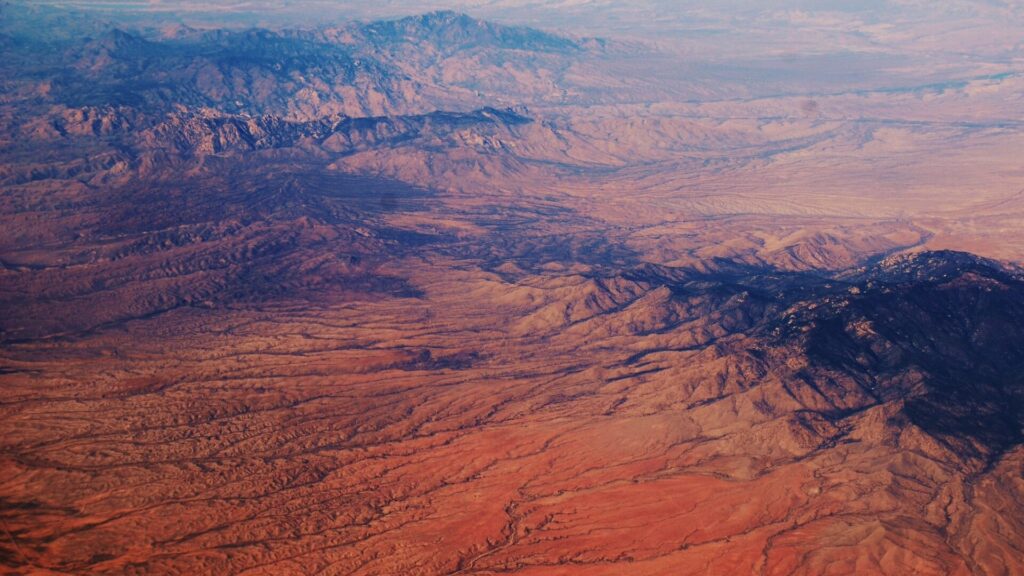
The desert state ranked a dismal forty-ninth for access to fresh water, with a meager score of 4.67. Without a reliable water source, survival would prove to be an immense challenge.
Cold Climate and Limited Resources
New York placed fifth from the bottom with a score of 40.01. The Empire State scored poorly due to its cold climate, ranking forty-ninth in that metric with a score of 21.32.

Additionally, New York scored in the bottom ten in nearly every metric. These scores suggest that New York would be a complex state in which to survive, presenting multiple obstacles and limited resources.
Data Sources and Metrics
Bing Maps data was used to calculate each state’s relevant facilities and resources and produce a comprehensive map. For instance, the ‘weapons and security’ metric was assessed based on the number of police stations, access to weapons, and fire stations in each state.

Meanwhile, US Government Climate data on rainfall and freshwater lakes determined the’ access to freshwater’ metric.
Natural Resources, Population Density, and Climate
The rankings clearly suggest that states with abundant natural resources, low population density, and a moderate climate fare better in a hypothetical nuclear apocalypse scenario.
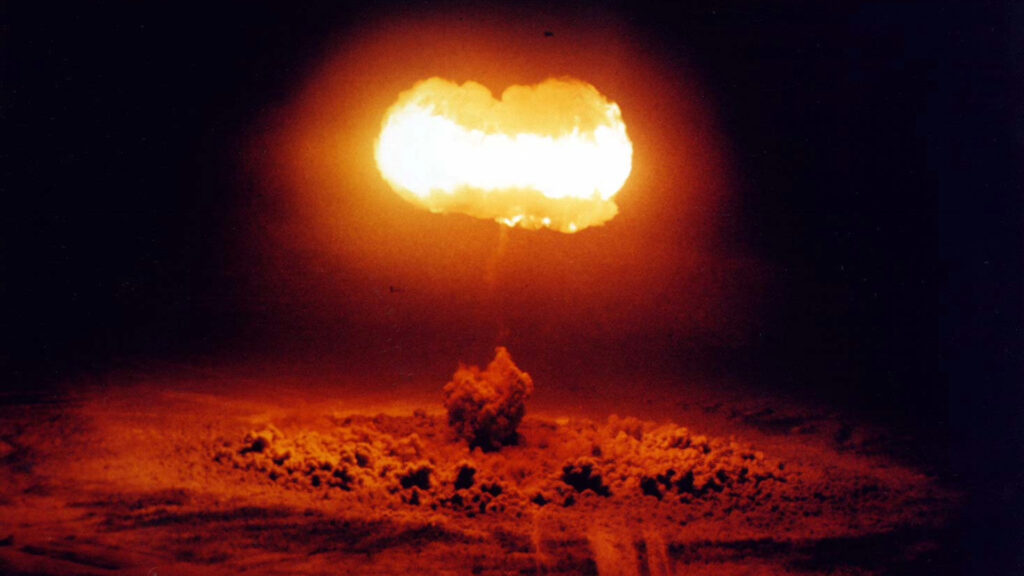
Conversely, densely populated urban areas with limited resources and harsh climates would face significant challenges in sustaining life and ensuring the survival of their residents.
Importance of Preparedness and Resource Management
While the prospect of a nuclear apocalypse is undoubtedly terrifying, these rankings serve as a sobering reminder of the importance of preparedness and resource management.

With global war threatening from several recent events, there’s no telling what tomorrow could bring for the citizens of the US. Nuclear weapons have proliferated throughout the world, and all it takes for something like this to happen is provoking the wrong country. These rankings, although morbid, allow us to plan ahead in case of the unthinkable.





GIPHY App Key not set. Please check settings